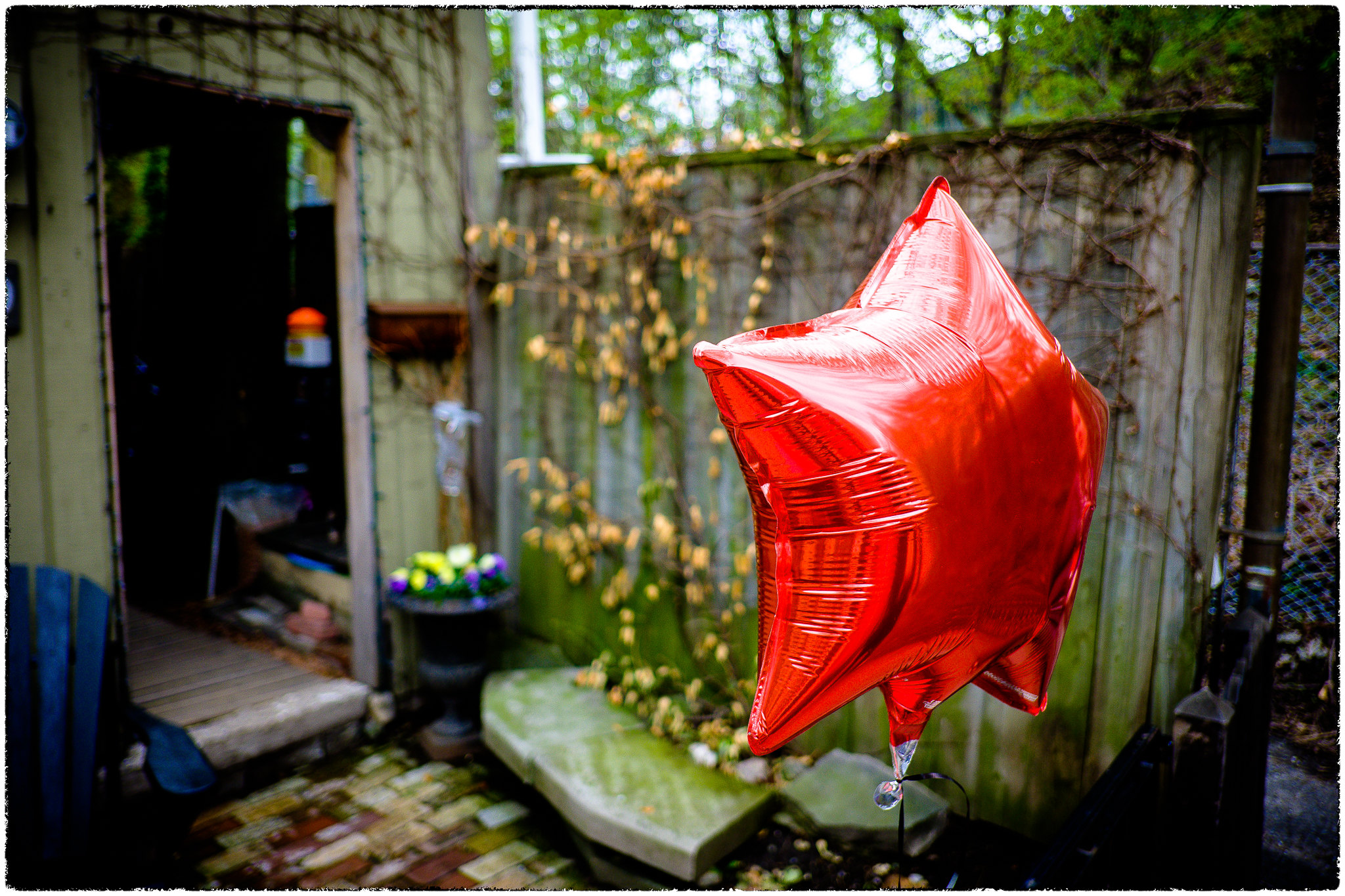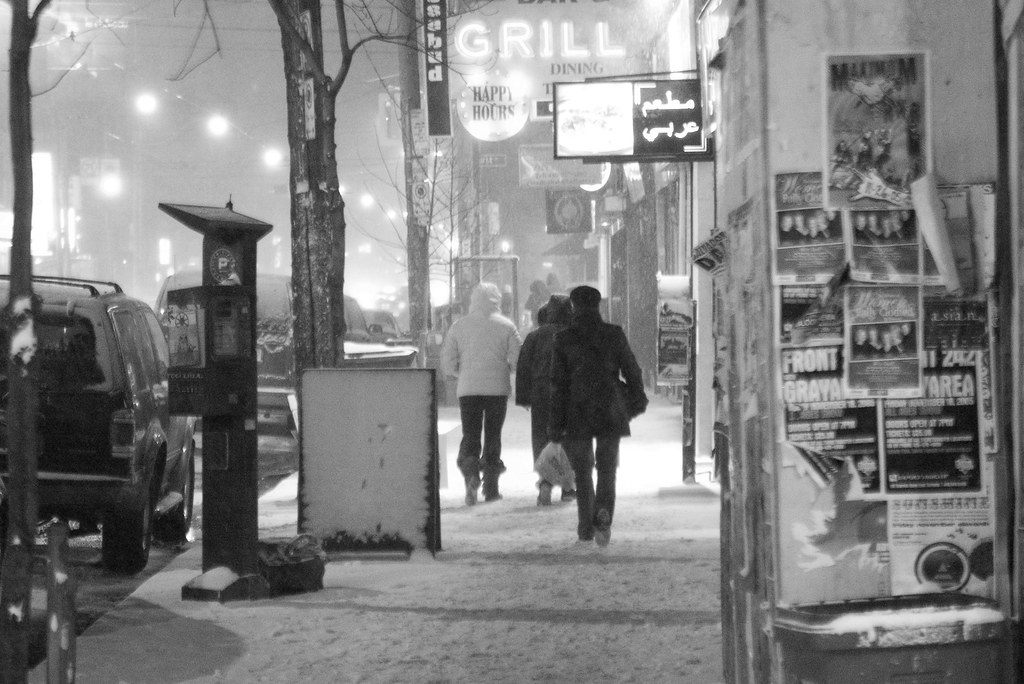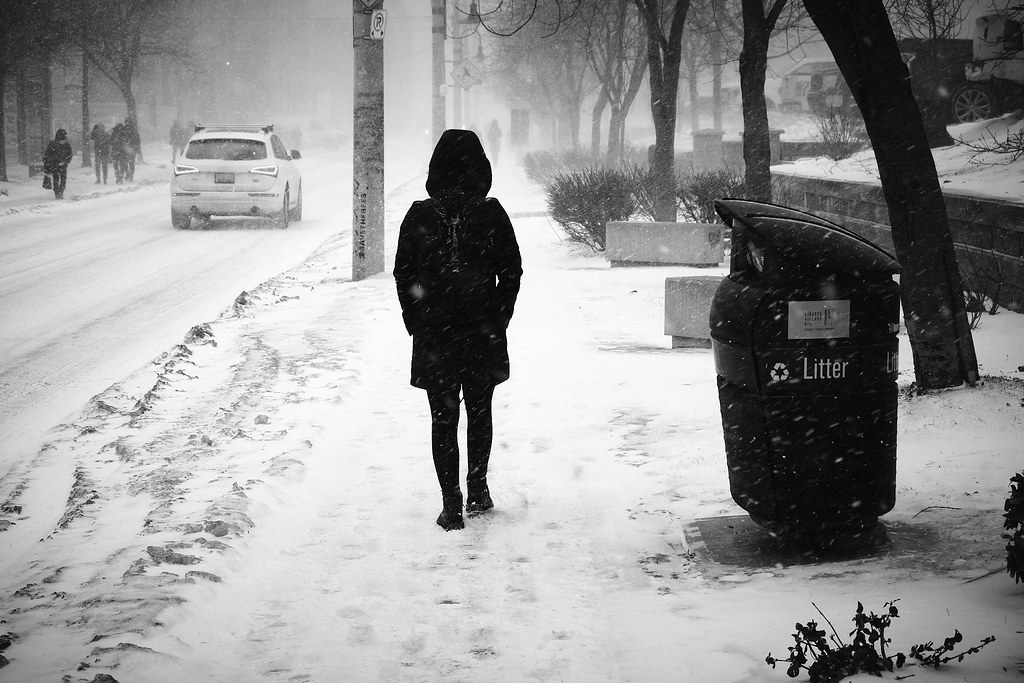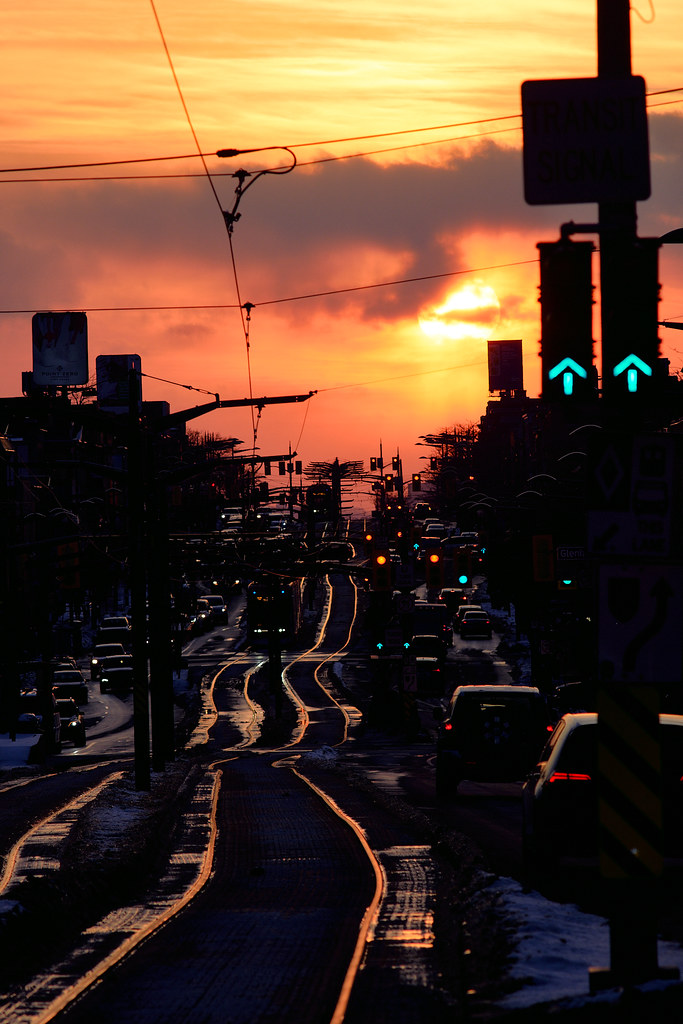
X-T1, XC 16-50 OIS II
So I'm at 6 weeks and 1200 frames with the X-T1. Yes, shooting has taken a nosedive over the last two weeks, largely because the weather was cold and I've been sick. Now we're heading into the March blah's, where the city is grey and bland and uninteresting until the new growth arrives. For this year, I'm going to try and get some street shooting in to carry me over as normally this is a real dead zone for my shooting (as is the late fall/early winter blahs between the leaves coming down and the snow arriving).
I've now shot 50% more work with the X-T1 than with my previous Fuji's. I expect that by mid-April I will be up to the point that the work with the X-T1 exceeds all previous Fuji work.
I traded a lens and an old Nikon body for another X-E1, which is mostly for backup to the X-T1, but may become a bag camera with one of the neat little cheapo Chinese primes that are available now, I'm thinking the 7artisans 25/1.7 might be neat, and it's all of $80 new. I don't expect to shoot much with the X-E1, it's really just a spare. It did remind me just what a big jump there was in responsiveness between the 1st gen X bodies (X-Pro1, X-E1) and the 2nd gen ones (X-T1, X-T10, X-E2)
I continue to really enjoy shooting with the X-T1. At this point I'm a few weeks away from exceeding how much I shot with the A7II last year. As long as the X-T1 keeps making me want to get out and shoot it will be staying in the bag. Fundamentally I'm just really happy with it.
Also as a result of this I've been doing more street shooting, most of which has been headed to Instagram. My Instagram is now dedicated to shooting & posting on the fly, nothing new gets posted after coming home and being culled (that goes to Flickr).





